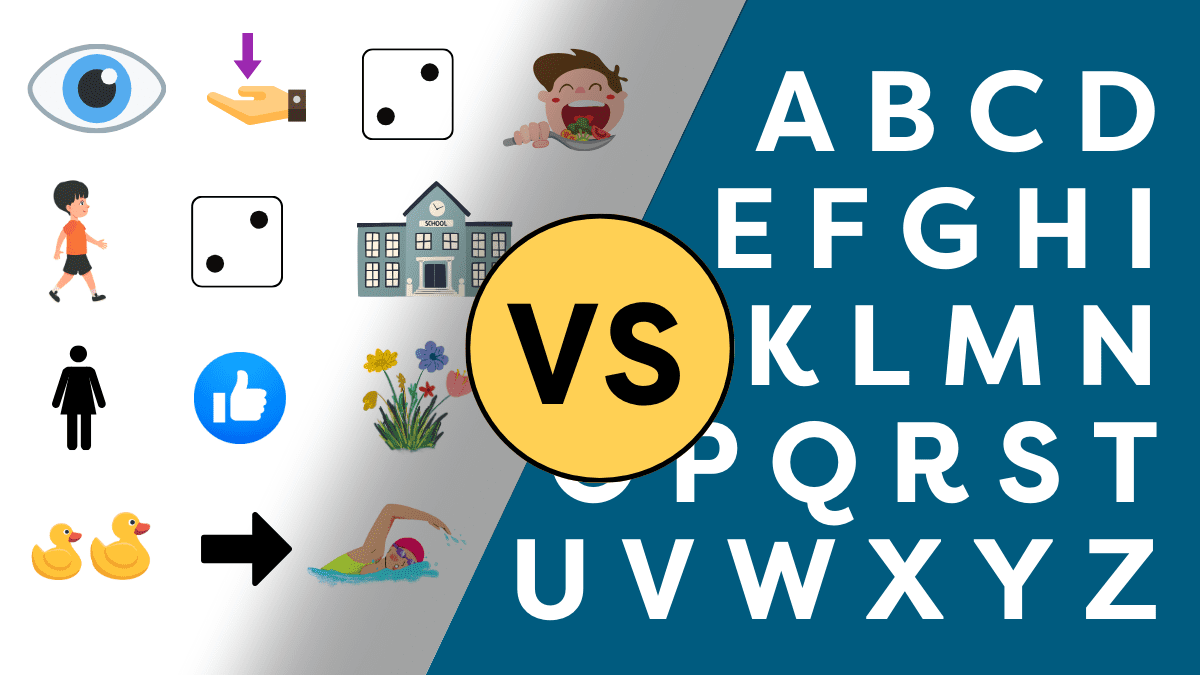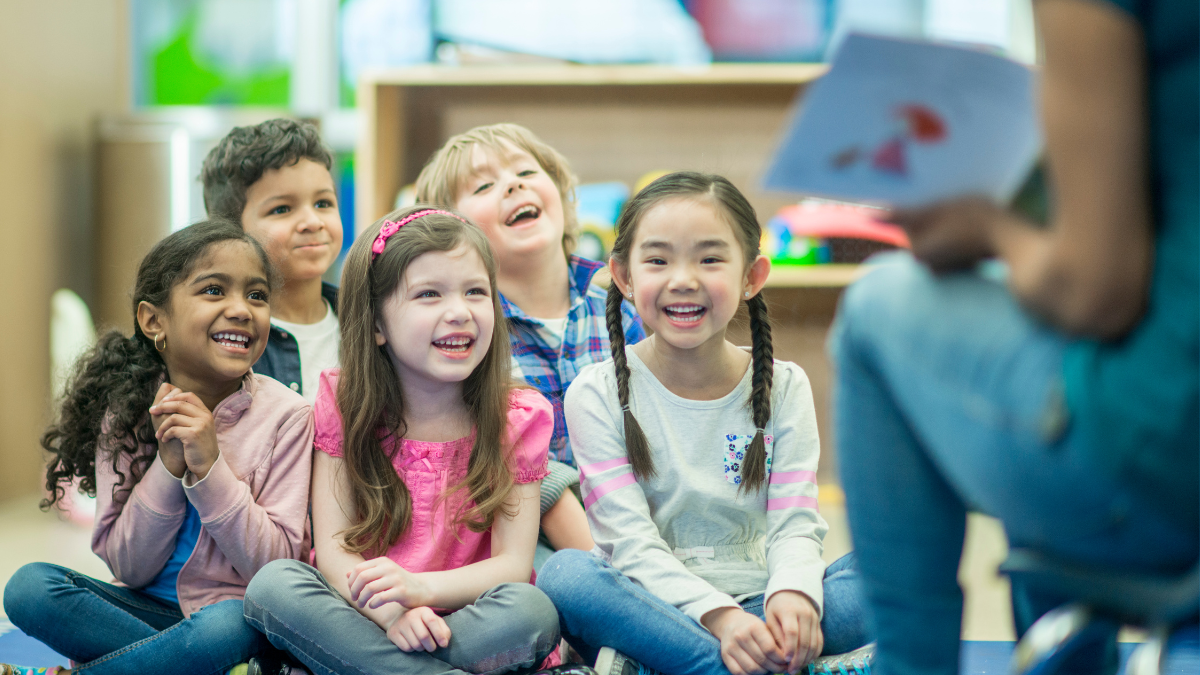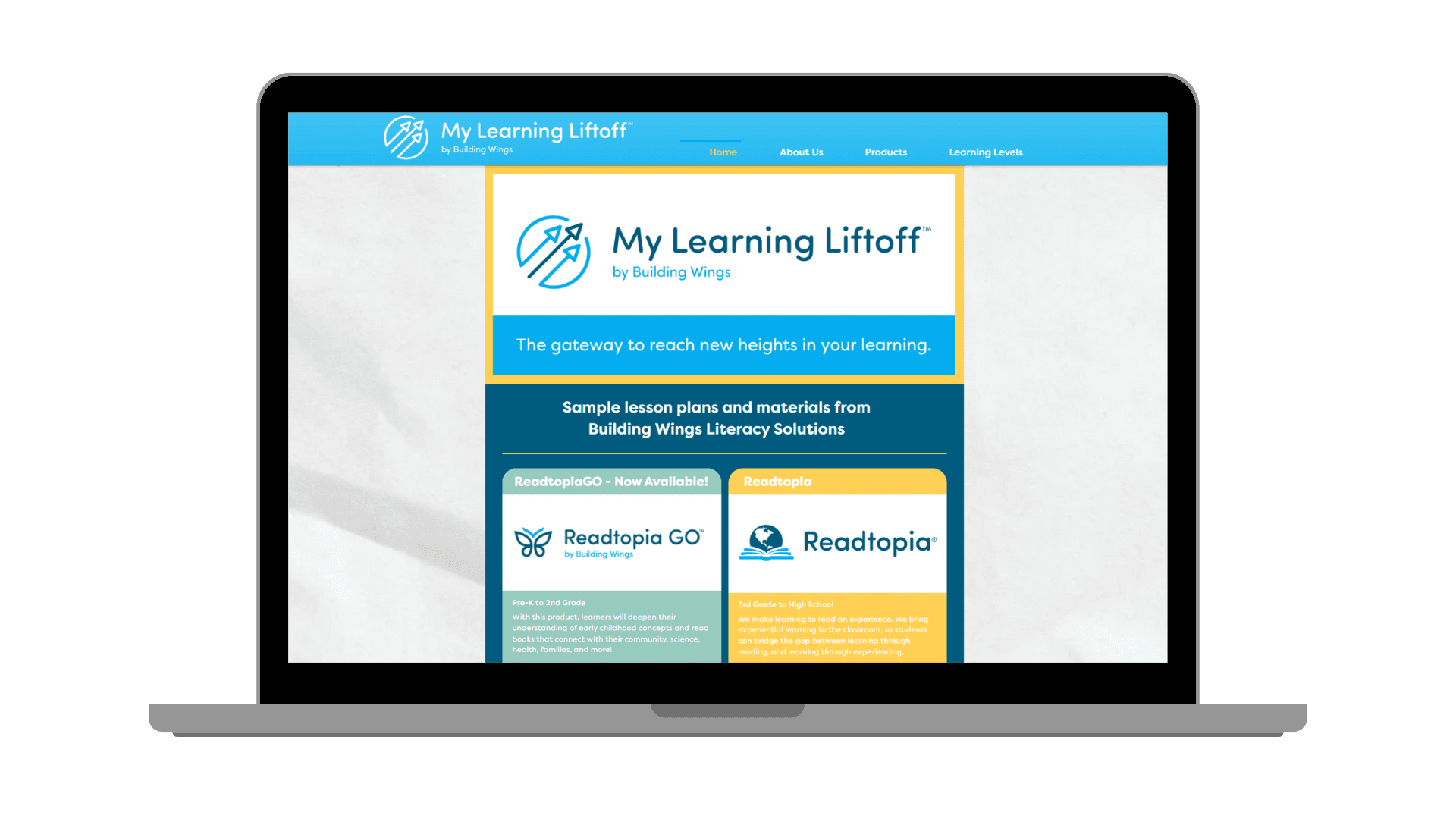Delivering Leveled Access to the Curriculum: Readtopia’s Laura Cuthbertson
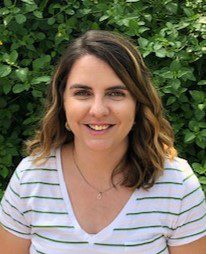
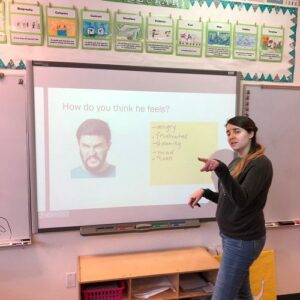
Laura says that she felt more like a content curator than an actual teacher. Then her district decided to try Readtopia, an immersive reading curriculum that connects reading with content-area topics of learning. Readtopia is specifically designed to meet the individual needs of students with special needs like Laura’s, and therefore presented an ideal solution to her curriculum woes. “I immediately fell in love,” she says.
And like any good love story, this one has a happy ending. Readtopia’s engaging and differentiated learning materials allowed Laura to drop the responsibility of content curator and feel like an actual teacher again—freeing up time to do what she did best, which was spending time with her students. So, when an opportunity opened up to help develop Readtopia’s math component, Laura jumped at the opportunity.
Readtopia transforms the learning experience
“When I would call on him, he needed extra time to respond, often needing me to prompt him to answer.” When he did answer the question, the student would speak in a very soft voice that Laura couldn’t quite hear, so she usually had to ask him to repeat himself.
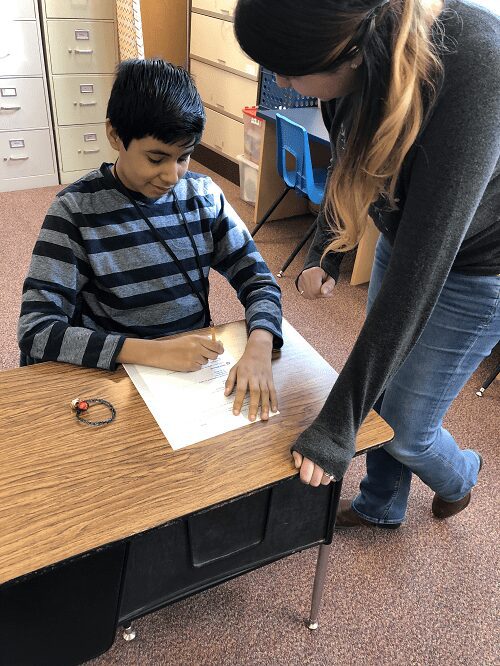
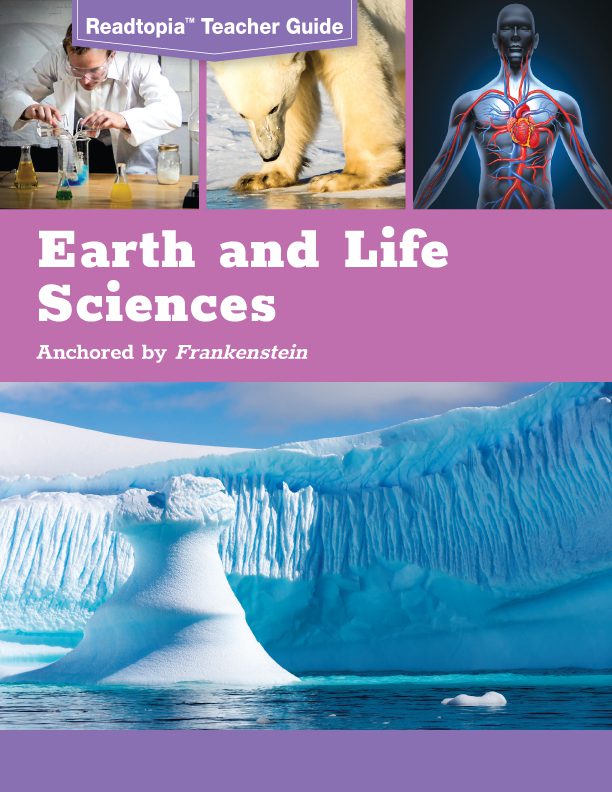
The Frankenstein unit teaches Earth and Life Sciences by exploring the arctic, where captain Robert encounters Victor Frankenstein. The resources discuss the arctic’s climate, animal inhabitants, glacial landforms, and human history, while also weaving in life skills lessons like subtleties of communication.
As Laura was telling this story, I, the writer, broke out in chills. Classic stories like Frankenstein earn their iconic status for a reason, because they resonate with the reader by appealing to the deepest part of ourselves—the part that makes us all human. The story of Laura’s student resonated with that deepest part of me too, because it showcases the power of Readtopia’s magic: it’s transformative.
“Readtopia changed how I taught and interacted with my students. It allowed me to see what was possible and set goals for myself and my students that I never would have thought possible before,” Laura says.
Building something better
Which is precisely what her role at Readtopia involves: by breaking down complex math concepts into smaller, easier-to-comprehend tasks, Laura helps to construct a pathway to student understanding, laying the groundwork for progress and mastery—something very big indeed.


